Industrial planetary gearboxes are widely used in various heavy machinery and automation equipment due to their high efficiency, compact design, and high torque output. To ensure the gearbox operates at its maximum potential, proper installation and commissioning are essential.
1. Preparation Work
Before installation, ensure you have the following basic conditions in place:
- Operation Manual: Each planetary gearbox comes with an operation manual that provides essential information on product specifications, lubrication requirements, installation guidelines, and maintenance instructions. Reading and understanding the manual will help avoid common mistakes during installation and operation.
- Clean Environment: Any impurities during installation can affect the gearbox’s operation. Fine particles can lead to gear wear or block the lubrication system. Therefore, the installation area should be kept clean, and dust, oil, or other contaminants should be prevented from entering the gearbox.
- Required Tools: Prepare the necessary tools for the installation process, including wrenches, screwdrivers, bolts, measuring instruments (such as thermometers and oil level gauges), lifting tools, etc.
Inspection Checklist:
| Tool or Item | Inspection Points |
|---|---|
| Operation Manual | Ensure understanding of the gearbox’s specs, installation requirements, lubrication specifications, etc. |
| Cleaning Tools | Vacuum cleaner, cleaning cloth, oil cleaning tools, etc. |
| Measuring Instruments | Thermometer, oil level gauge, vibration meter, etc. |
| Mechanical Tools | Wrenches, bolts, nuts, supports, etc. |
2. Pre-Installation Inspection
Before starting the installation, perform the following checks to ensure the gearbox is in good condition and suitable for use:
- Inspect Gearbox Condition: Carefully examine the gearbox’s exterior, especially the input and output shafts, gears, and casing. Confirm that there are no cracks or damages. If any issues are found, contact the supplier or manufacturer for a replacement or repair.
- Check Lubrication Oil: Incorrect lubrication can lead to premature wear or overheating of the gearbox. Check the type and quantity of the lubrication oil to ensure it meets the specifications in the manual.
- Check Accessories: Ensure that all accessories and components, including seals, brackets, and oil pumps, are complete. Missing components can affect the installation quality and system performance.
3. Installation Steps
3.1 Selecting the Installation Location
Choosing a stable, solid platform for installation is critical. The gearbox should be installed on a level surface, and avoid any tilting or uneven load distribution during installation, as this may affect the proper meshing of gears and torque output.
- Supporting Foundation: Ensure the base platform is robust enough to support the weight of the gearbox and the loads generated during operation.
- Space Requirements: There should be sufficient space around the gearbox for maintenance and future repairs, especially considering thermal expansion and contraction, which may require additional clearance.
3.2 Aligning the Shafts
Proper shaft alignment is crucial for ensuring smooth operation of the gearbox. First, connect the gearbox’s input and output shafts to the driving device (e.g., motor).
- Concentric Alignment: Ensure the input and output shafts are properly aligned with the drive shaft. Misalignment can lead to excessive wear on the gears and may cause overloading of the system.
- Check for Displacement: Use specialized tools, such as alignment instruments, to check if the shafts are perfectly aligned. Make any necessary adjustments for offset.
3.3 Fixing the Gearbox
Use the correct bolts and fastening devices to securely attach the gearbox to the base platform. Ensure all attachment points are evenly loaded to avoid loosening during operation.
- Bolt Tightening: Tighten the bolts using a torque wrench according to the manufacturer’s recommended standards. Avoid over-tightening or under-tightening.
- Position Check: During installation, periodically check the gearbox to ensure it is positioned as intended and does not tilt or shift out of place.
4. Lubrication and Filling
Lubrication is essential for the normal operation of the planetary gearbox. Proper lubrication reduces friction and prevents premature gear wear.
- Lubrication Oil Selection: Choose the appropriate lubrication oil based on the operating conditions of the gearbox. For high-temperature environments, high-temperature lubricants are required; for low-temperature environments, low-temperature lubricants should be used.
- Oil Filling: Follow the manual to add the correct amount of lubrication oil. Ensure the oil level reaches the recommended amount. Low oil levels may lead to insufficient lubrication, while excessive oil can cause spillage.
Lubrication Oil Filling Method:
| Lubrication Oil Type | Temperature Range | Recommended Use | Notes |
|---|---|---|---|
| Synthetic Gear Oil | -30°C to 150°C | High load, high-temperature applications | Provides better adhesion |
| Mineral Oil | -20°C to 120°C | Medium load applications | Not suitable for high-temperature environments |
| Synthetic Hydraulic Oil | -40°C to 120°C | Precision transmission systems | Provides excellent anti-wear properties |
5. Electrical Connections and Control System Commissioning
5.1 Motor Connection
The gearbox’s input shaft is usually driven by an electric motor, so ensuring correct electrical connections is crucial.
- Wiring: Make sure the motor’s electrical wiring complies with electrical standards. Secure the connections to avoid poor contact or short circuits.
- Current Monitoring: After connecting the motor, check the current and voltage values to ensure compatibility between the motor and the gearbox.
5.2 Testing the Control System
Before starting actual operations, test the control system to ensure the input signals are correct and the system responds properly.
- Parameter Settings: Adjust the control system’s parameters, such as speed and torque, as necessary to ensure smooth operation of the gearbox under specific conditions.
- Transmission System Commissioning: Gradually increase the load to test the gearbox under working conditions and ensure it operates smoothly.
6. Commissioning and Operation
6.1 No-Load Test
A no-load test is an important step to initially check the gearbox. Start the gearbox and observe its operation, checking for unusual noise, vibration, or overheating.
6.2 Load Test
After confirming that the gearbox operates normally without load, gradually apply the load for further testing. The load test ensures that the gearbox can operate stably under various working conditions.
- Monitor Vibration and Temperature: During the load test, regularly monitor the gearbox’s vibration and temperature to ensure they remain within acceptable limits.
6.3 Check Key Parameters
Regularly check the gearbox’s operating temperature, oil level, vibration, and other key parameters to ensure it is functioning properly.
7. Post-Installation Maintenance and Adjustments
After installation and commissioning, regular maintenance and monitoring are key to ensuring the gearbox continues to operate efficiently over time.
- Regular Cleaning and Inspection: Periodically clean the gearbox’s surface and inspect for leaks or damage.
- Lubrication Oil Replacement: Change the lubrication oil regularly according to the operating conditions to avoid oil degradation and maintain gearbox performance.
8. Troubleshooting Common Issues
8.1 Noise Issues
If the gearbox produces abnormal noise, it may be caused by inadequate lubrication, damaged gears, or improper installation. Check the oil level, oil quality, and gear meshing conditions.
8.2 Overheating Issues
Overheating may occur due to insufficient lubrication, oil pump failure, or excessive load. Check the oil level, the functioning of the oil pump, and adjust the load accordingly.
8.3 Leakage Issues
Oil leaks may result from damaged seals or improper installation. Inspect the seals and replace them if necessary to prevent leaks.

 ENG
ENG
 English
English русский
русский Español
Español
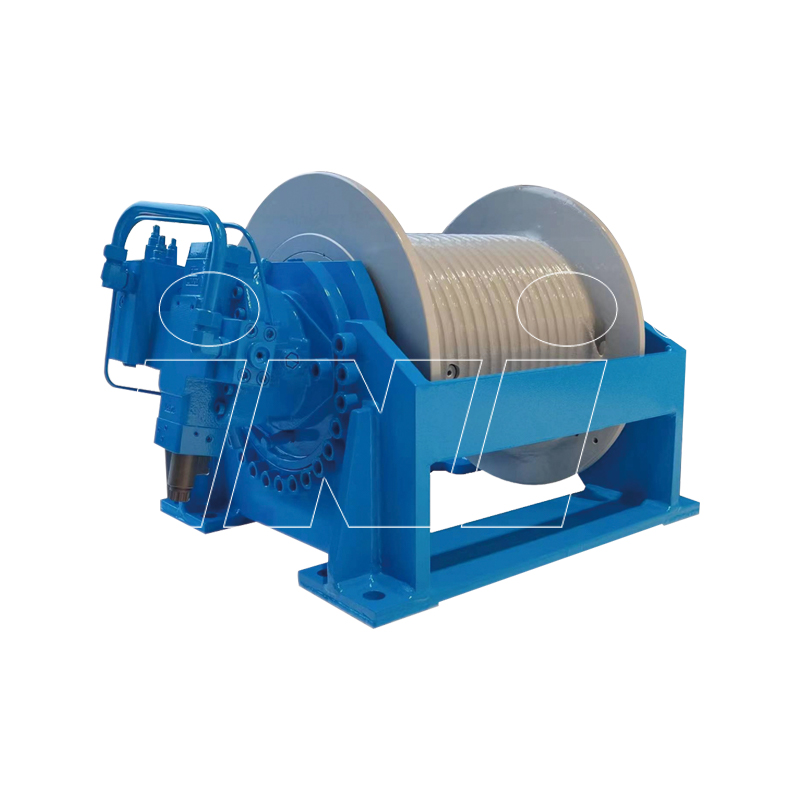

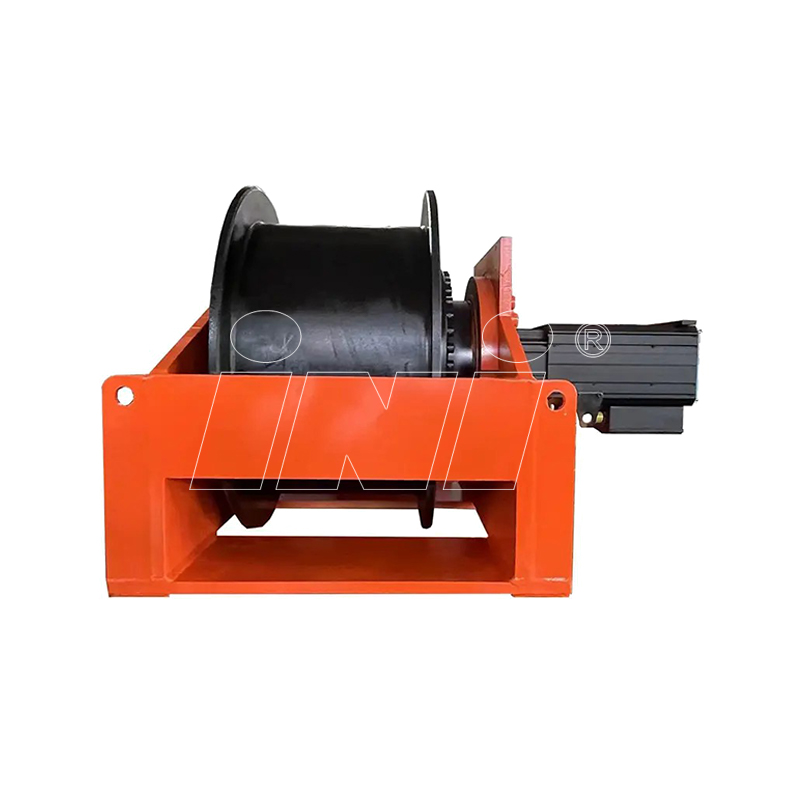

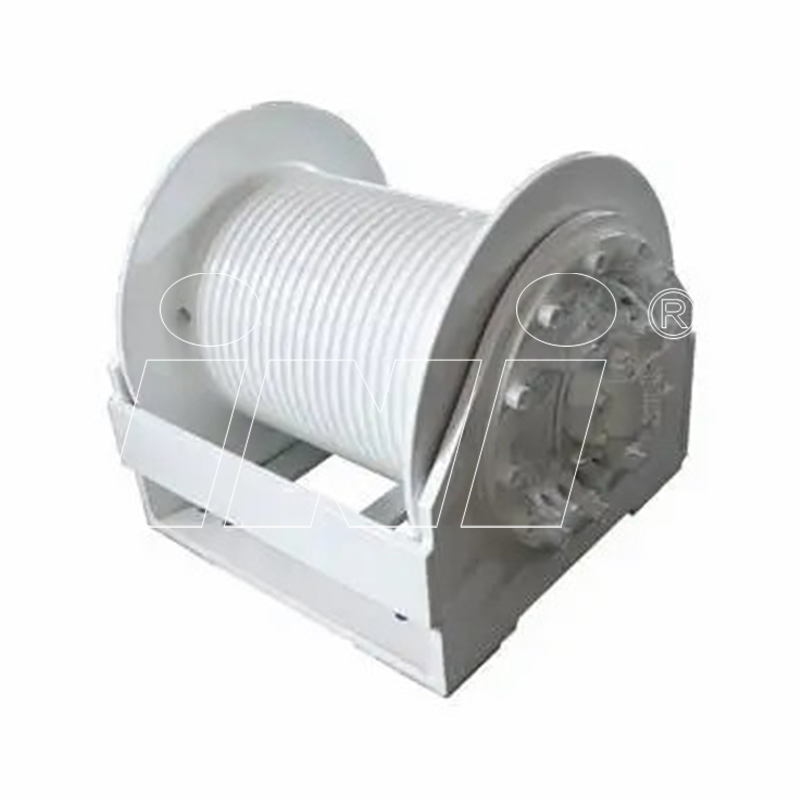

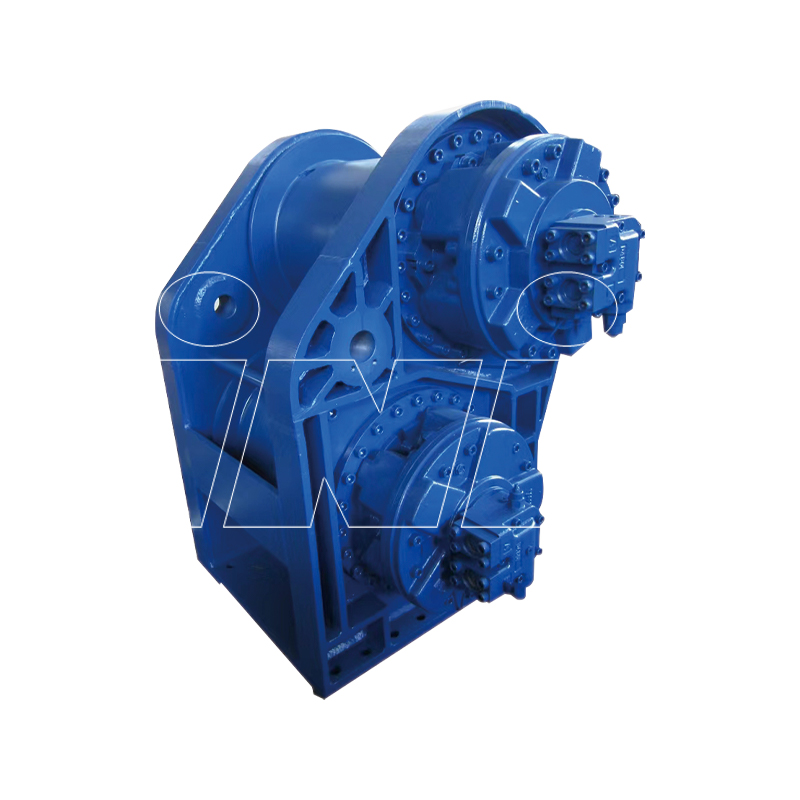



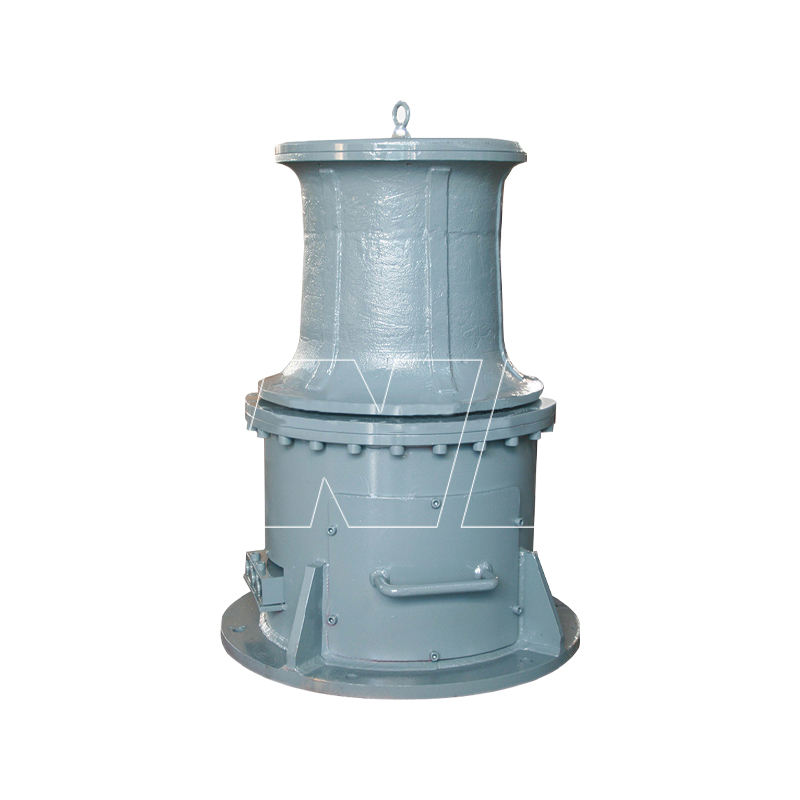
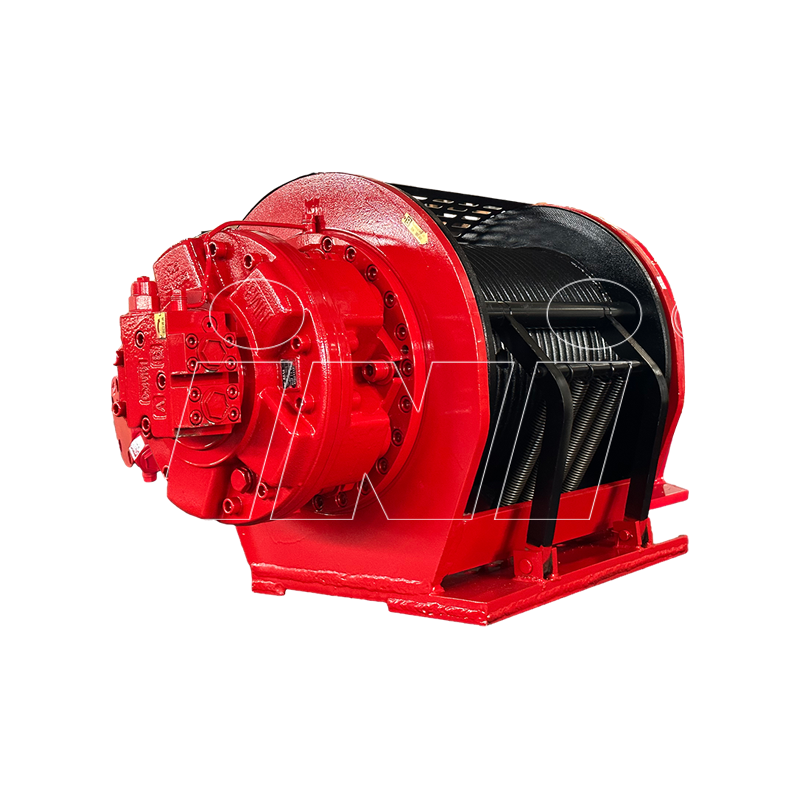
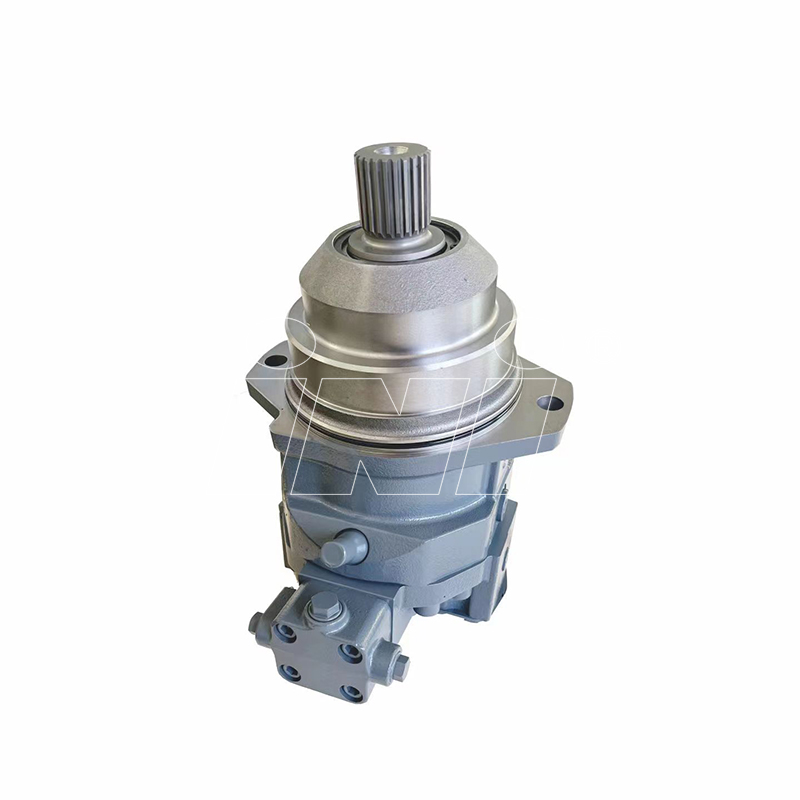

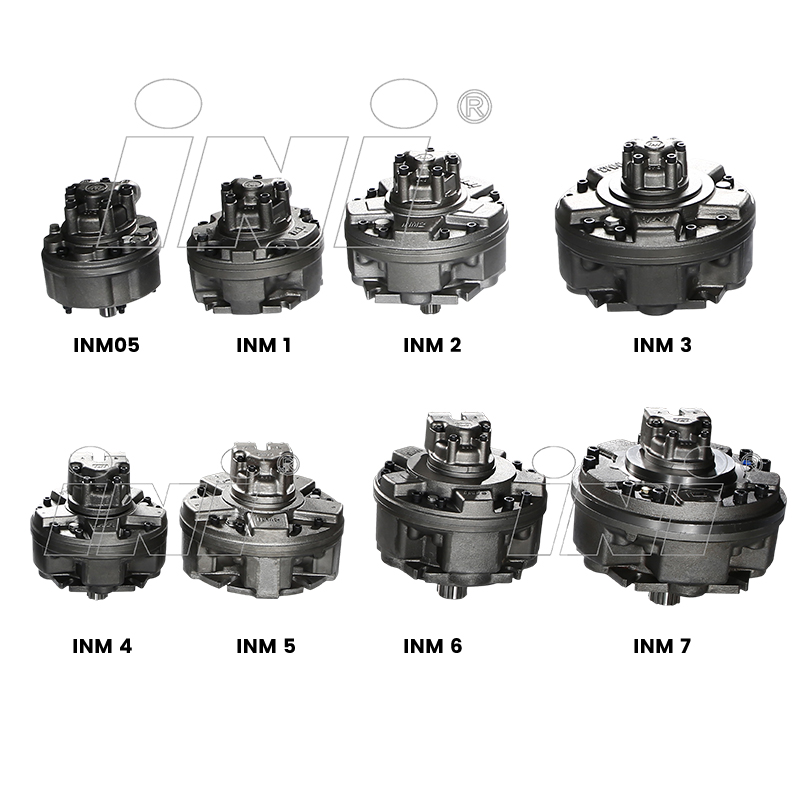

 English
English русский
русский Español
Español
 TOP
TOP